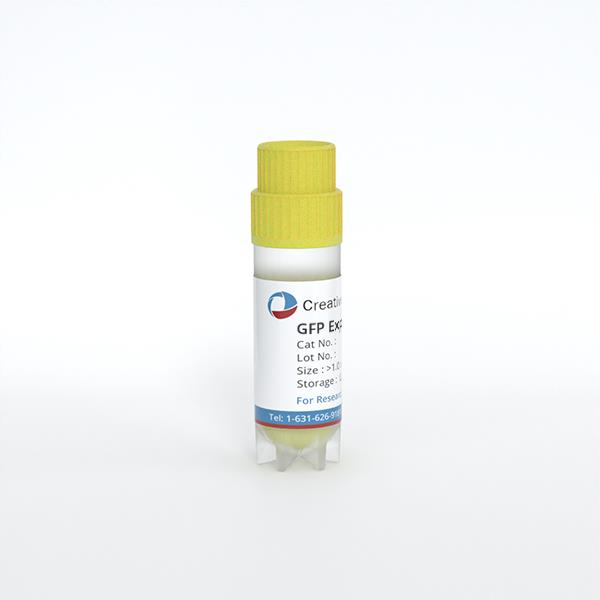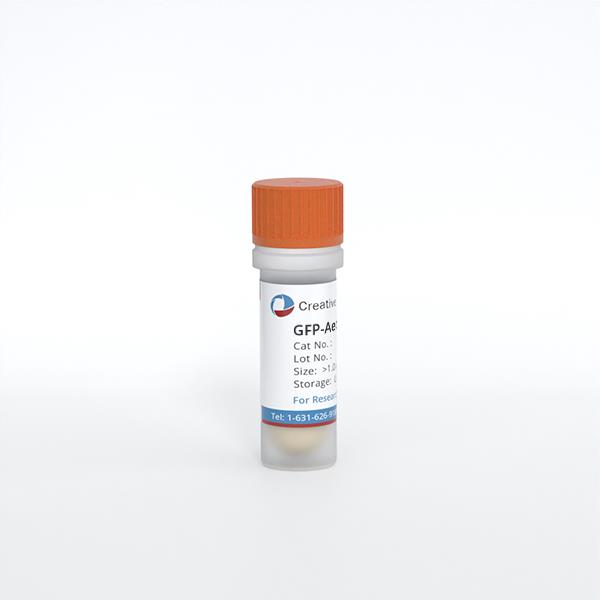ONLINE INQUIRY

Human Leptomeningeal Pericytes
Cat.No.: CSC-C9342W
Species: Human
Source: Brain
Morphology: Polygonal
Cell Type: Pericyte
- Specification
- Q & A
- Customer Review
Generally speaking, cells should be passaged after growing to full confluence, all cell growth has a requirement that should not grow too dense (that is, it is often said to grow old), but there is contact inhibition of cells, before confluence must be passaged, these cells are generally in the density of 70-80% on the passaging, otherwise it will cause cell differentiation.
Ask a Question
Average Rating: 5.0 | 1 Scientist has reviewed this product
Extreme care and precision
Creative Bioarray's cell products work with extreme care and precision.
10 Sep 2023
Ease of use
After sales services
Value for money
Write your own review



